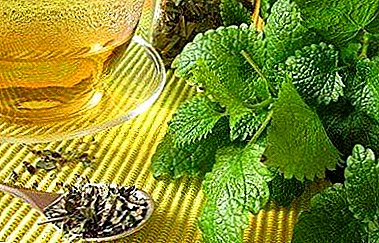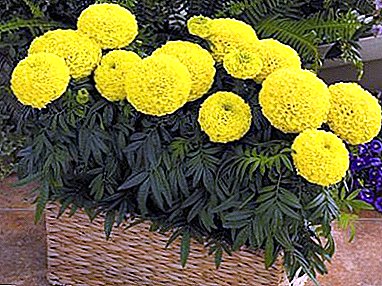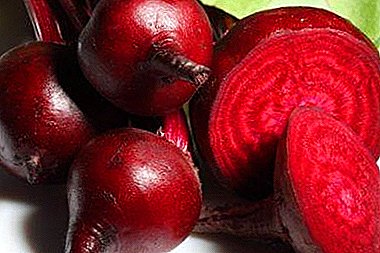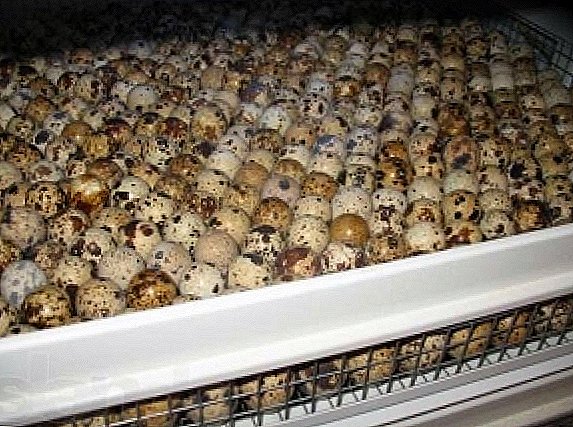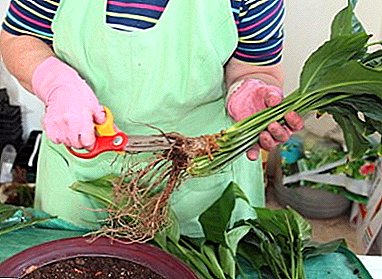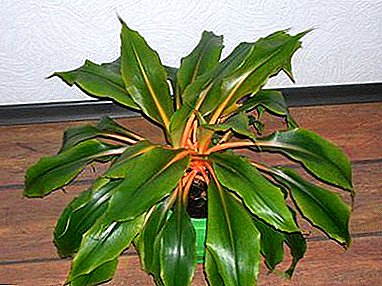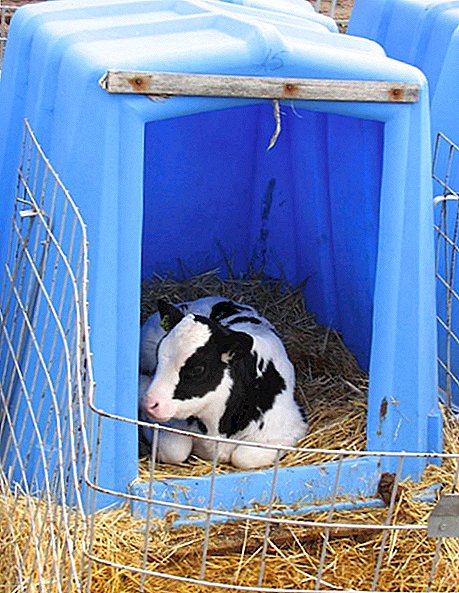 Calves born even from the most highly productive parents need careful care, otherwise they will not achieve high levels of performance. Recently, houses for calves have become increasingly popular, which allow them to grow livestock with a lower loss rate. How expedient their use is the topic of today's conversation.
Calves born even from the most highly productive parents need careful care, otherwise they will not achieve high levels of performance. Recently, houses for calves have become increasingly popular, which allow them to grow livestock with a lower loss rate. How expedient their use is the topic of today's conversation.
Why do we need calf houses?
Traditionally, calves were raised with cows, but the immunity of adult animals is much stronger than in young animals. As a result of these diseases, some young animals died, because the strongest survive in nature. However, modern conditions of management set strict requirements for farmers, the market and competition are merciless and they are prescribed to look for ways to increase the survival rate of the livestock.
Advanced technologies of rearing young offer a new method - the use of houses. Calf houses are small boxes, mainly made of polyethylene, intended for growing young stock separately from cows and from each other. They are made of food-grade plastic using a seamless method that eliminates the problem of injury.
Did you know? In 2004, the United Kingdom introduced a plastic bag that can completely disintegrate into carbon dioxide and water.
Despite the lightness of the design, it is quite strong and stable due to the expansion at the bottom. The container is easy to wash, clean, move, it is designed for reusable use. You can install it both inside the barn and on the street.  In front of the house with a metal grid enclose a small area for walking and equip feeders and drinkers. The technology of growing young stock in the houses appeared a few decades ago, but did not catch on immediately, as it showed no effect. Subsequently, it was found that the effect was absent due to errors in feeding the young.
In front of the house with a metal grid enclose a small area for walking and equip feeders and drinkers. The technology of growing young stock in the houses appeared a few decades ago, but did not catch on immediately, as it showed no effect. Subsequently, it was found that the effect was absent due to errors in feeding the young.
Pros and cons of using them
The advantages of growing calves in the houses are as follows:
- Separate cultivation. This allows you to avoid contact with diseased animals and the rest of the young.
- Compliance with cleanliness requirements. The smooth surface not only prevents dirt from clogging in the cracks, but also makes it easy to wash the container and put a fresh litter.
- Unlimited access to fresh air when kept outside the barn. Instead of ammonia vapors from feces, animals breathe fresh air, enriching the body with oxygen.
- Free access to sunlight. Under the influence of the sun in animals, the body produces vitamin D, which is necessary for healthy bones.
- No drafts and cold air. The design of the container is such that it protects babies from the cold.
- Reduced morbidity and mortality.
- It is easy to control the growth and health of calves due to the fact that they are visible.
- Animals gain weight better.
- The youngsters adapt to external conditions more quickly.
- UV protection.
- Savings on veterinary drugs.
- Separate food for each animal. This allows weak animals to strengthen their strength through good nutrition.

The disadvantages of such content of young animals include:
- High acquisition costs, especially in large farms. The fact that the structures can be reused for the next generation of calves can block this deficiency.
- In the cold period, the consumption of feed and milk increases, and it is harder for the staff to work.
- Installation requires free territory.
We advise you to read about how to raise a newborn calf, what should be the weight of a calf at birth and for months, what vitamins do calves need for rapid growth, and also learn how to properly give milk to a calf.
What are the houses for the maintenance of calves
Houses are:
- individual;
- group
Customized
In individual houses, young animals are kept one by one from birth to 8-10 weeks. Being isolated, they grow faster, stronger and with good immunity. Such a structure looks like a box with a rounded roof, in front of it necessarily enclose the territory for walking. 
Individual plastic houses for calves are sold in these sizes:
- 1.5х1.3х1.3 m, door opening size - 84.5х55 cm, weight - 30 kg (for animals up to 4 weeks);
- 2x1.3x1.4 m, the size of the doorway - 94h57.1 cm, weight - 40 kg (for older age).
Group
Some farms, in which a lot of young stock, use group houses. Group method also begin to grow calves after 10 weeks spent in individual containers. In group housing, young animals are accustomed to life in the herd.
Important! A calf weighing up to 150 kg needs an area of at least 1.5 square meters. m, up to 200 kg - 1.7 square meters. m, over - 1.8 square meters. mIt is best to organize groups of animals of the same age in an amount of from 5 to 20 individuals, and all of them must be healthy. It is necessary to control that the group house was quite spacious. Make them in the form of a hemisphere and be sure to allocate a place for walking. Here calves are kept for up to 5-6 months. Buildings are available in size 43x21.8 m.

How to make a house for the calf from the boards with their own hands
A house for calves can be made by hand, for example, from boards.
Learn how to properly feed calves for rapid growth, how to treat diarrhea in a calf at home, and also what to do if the calf is sluggish and does not eat well.
Design and dimensions
Before construction, it is necessary to draw up a construction project (which will allow you to calculate the cost of materials) and its drawing. In order to maintain an optimal microclimate inside, the house is made 2-2.5 m, width - 1.3 m, height - 1.8 m.
Such sizes will facilitate cleaning of the room. In accordance with these dimensions make the frame. The fence in front of the house is set 1.5 m long, 1.3 m wide, 1 m high. 
Tools and materials
For the manufacture of the house will need tools:
- screwdriver;
- a nozzle for a screwdriver for screws;
- the Bulgarian (the angular grinder) for cutting of a professional flooring or scissors on metal;
- saw;
- roulette;
- pencil;
- hammer;
- level;
- plane.
Did you know? Cows, bulls and calves emit a fifth of the greenhouse gases of the Earth, it contributes more to global warming than all cars and airplanes.Materials for the construction of the house:
- timber for the frame not less than 5x5 cm;
- floor board not less than 4 cm thick;
- wall board at least 2 cm thick or OSB-plates;
- roof rail size 2x5 cm;
- nails;
- screws;
- roofing screws;
- metal corners;
- wind board;
- roofing decking.

Building
The manufacturing sequence is as follows:
- Prepare the timber for the frame of the required size.
- Make the bottom trim: cut 2.5 cm (half thickness) along the edges of the four bars for a length of 5 cm (beam size), join each other, fasten with nails.
- Install the racks: attach the bars perpendicular to the bottom trim with screws and metal corners. The correctness of the installation is checked using a level. You will need 1 rack at each corner and 2 on the doorway, that is, 6. The rear racks should be shorter than the front ones by 10
- Make the upper strapping of the bars similar to the bottom, attach to the racks.
- Uneven joints can be cut with a planer.
- Prepare boards of the required size.
- Sheathe frame with boards around the perimeter, leaving the doorway. For additional protection against drafts, the joints between them can be closed by stuffing boards, or use OSB boards instead of boards.
- If you wish, you can equip the floor: chisel the flooring of boards stuffed on the boards of the appropriate size, and put it on the bottom.
- Prepare slats of the right size.
- Attach the slats to the top trim using nails: 2 - at the edges and 1 - in the center
- Prepare roofing corrugated, grinder cut.
- Attach decking to rails with screws.
- Under the decking around the perimeter, attach a wind board with nails to protect the wind.
 In the cold season at the entrance you can hang a tarp. Before entering, you need to install a fence for walking, hang trough and drinkers. The floor is covered with straw. If the buildings are located on the street during the cold season, you can insulate the walls and ceiling with thermal insulation materials.
In the cold season at the entrance you can hang a tarp. Before entering, you need to install a fence for walking, hang trough and drinkers. The floor is covered with straw. If the buildings are located on the street during the cold season, you can insulate the walls and ceiling with thermal insulation materials.Important! The edge of a professional flooring should protrude beyond the borders of the house, but not more than 15 cm on each side so that it will not be bent by a strong wind.To do this, between the two plates OSB spread foam. At the top of the structure it is necessary to drill the ventilation holes. Houses can be covered with wood protection products. Thus, calf houses make it possible to grow more healthy livestock and reduce its mortality.
They are sold made of polyethylene, to save them you can build from the boards themselves. However, to raise healthy animals, houses alone are not enough, you must comply with the requirements for food.


